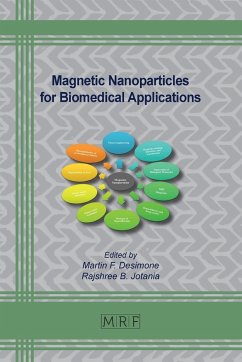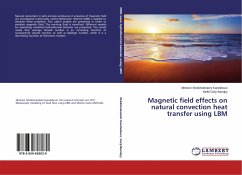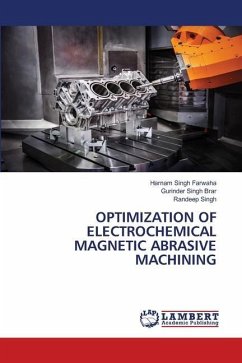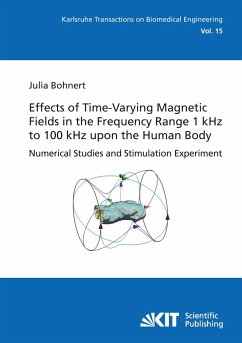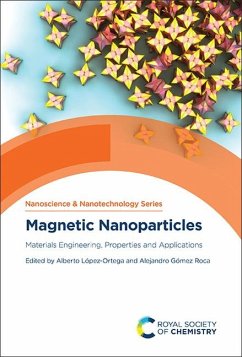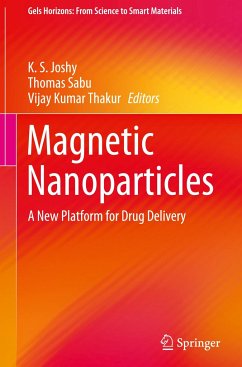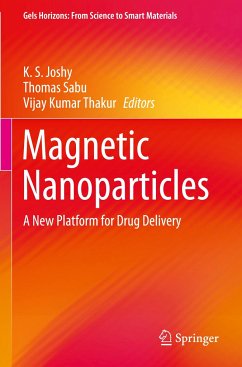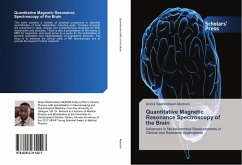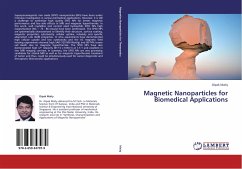
Magnetic Nanoparticles for Biomedical Applications
Versandkostenfrei!
Versandfertig in 6-10 Tagen
52,99 €
inkl. MwSt.

PAYBACK Punkte
26 °P sammeln!
Superparamagnetic iron oxide (SPIO) nanoparticles (NPs) have been under intensive investigation in various biomedical applications. However, it is still a challenge to synthesize high quality SPIO NPs for better magnetic performance and less side effects in MRI and magnetic hyperthermia. In this work, well crystalline and control sized hydrophilic SPIO NPs high magnetization (Ms ~ 73 - 86 emu/g) have been synthesized. The SPIO NPs are systematically characterized to identify their structure, surface coating, magnetic properties, cytotoxicity, cellular uptake, relaxivity and specific absorption...
Superparamagnetic iron oxide (SPIO) nanoparticles (NPs) have been under intensive investigation in various biomedical applications. However, it is still a challenge to synthesize high quality SPIO NPs for better magnetic performance and less side effects in MRI and magnetic hyperthermia. In this work, well crystalline and control sized hydrophilic SPIO NPs high magnetization (Ms ~ 73 - 86 emu/g) have been synthesized. The SPIO NPs are systematically characterized to identify their structure, surface coating, magnetic properties, cytotoxicity, cellular uptake, relaxivity and specific absorption rate (SAR) properties. In vitro experiments have demonstrated high cellular uptake and low cytotoxicity and the AC magnetic field heating experiments showed high SAR (135-500 Watt/g) and 60-74% tumor cell death due to magnetic hyperthermia. The SPIO NPs have also demonstrated high r2 relaxivity (617.5 s-1mM-1) at 1.5 T and excellent in vivo MRI imaging contrast. In summary, the SPIO NPs arevery promising candidate for clinical MRI as well as for magnetic hyperthermia treatment of tumor and thus, could be simultaneously used for cancer diagnostic and therapeutic (theranostic) applications




